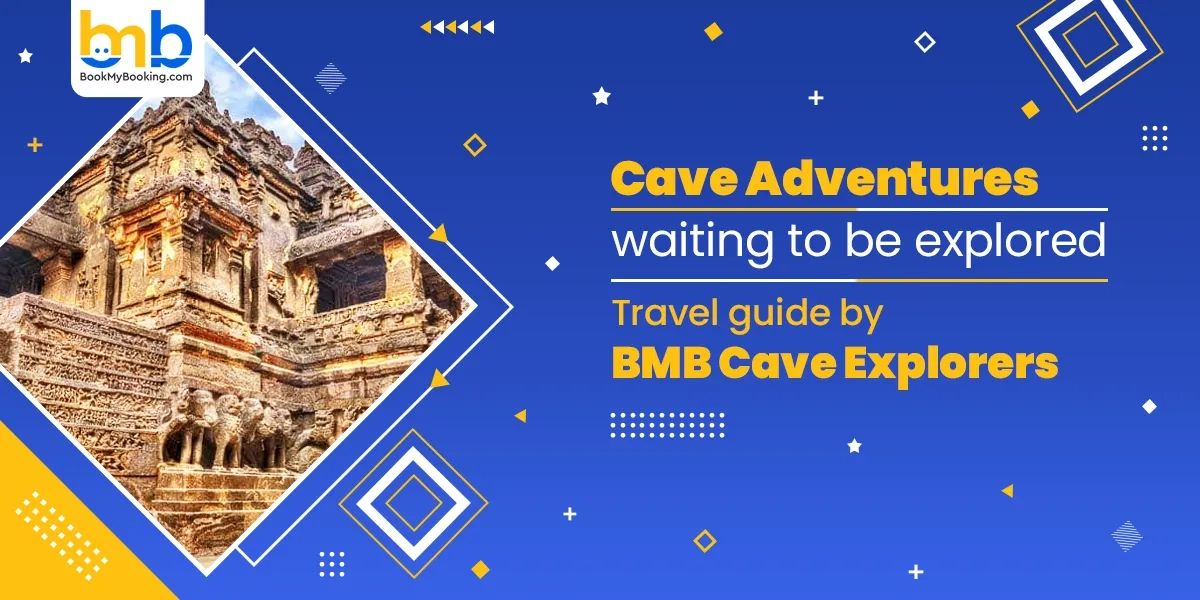A different kind of thrill comes when the sunlight fades, and the Earth opens up to reveal a hidden, ancient world beneath your feet. From echoing limestone chambers to hand-carved sanctuaries and prehistoric art shelters, India's caves are more than geological marvels, and they are portals to history, culture, and untamed adventure.
Have you ever wanted to trace the path of sages in silent meditation chambers, hear bats rustle overhead in underground halls, or spot carvings left behind by civilisations long gone? This Cave Exploration Travel Guide is key to unlocking some of India's Best Caves to Explore.
So tighten those laces, charge your headlamp, and prepare to journey into darkness, mystery, and awe. Your cave adventures begin now.
1. Borra Caves, Andhra Pradesh
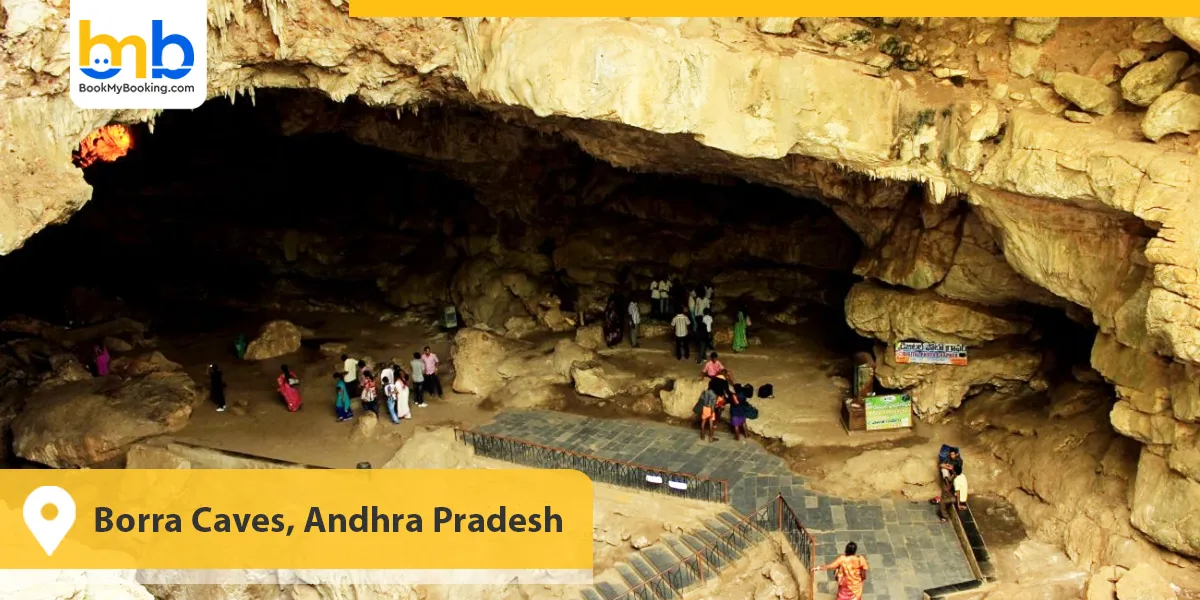
Tucked into the Eastern Ghats near Araku Valley, Borra Caves is one of India's most spectacular limestone cave systems. It is one of the hidden caves to visit in southern India. These natural formations span a kilometre, with soaring stalactites and stalagmites sculpted by underground water flow over millions of years. Inside, colored lights illuminate formations that locals claim resemble animals, deities, and a human brain. The ambient sound of dripping water'll haunt you as it echoes. Families and casual explorers will appreciate the well-maintained paths and railings, making it a great introduction to subterranean wonders.
Local guides often narrate legends associated with the cave, adding a cultural layer to your visit. The best time to visit is between October and March as the temperatures are cooler. You'll find small food stalls near the site serving local Andhra delicacies. The caves are geological formations with stories in stone. Each corner holds a surprise. Cave Adventures blend natural beauty and mystery, making them ideal for both first-timers and seasoned wanderers alike.
2. Amarnath Cave, Jammu & Kashmir
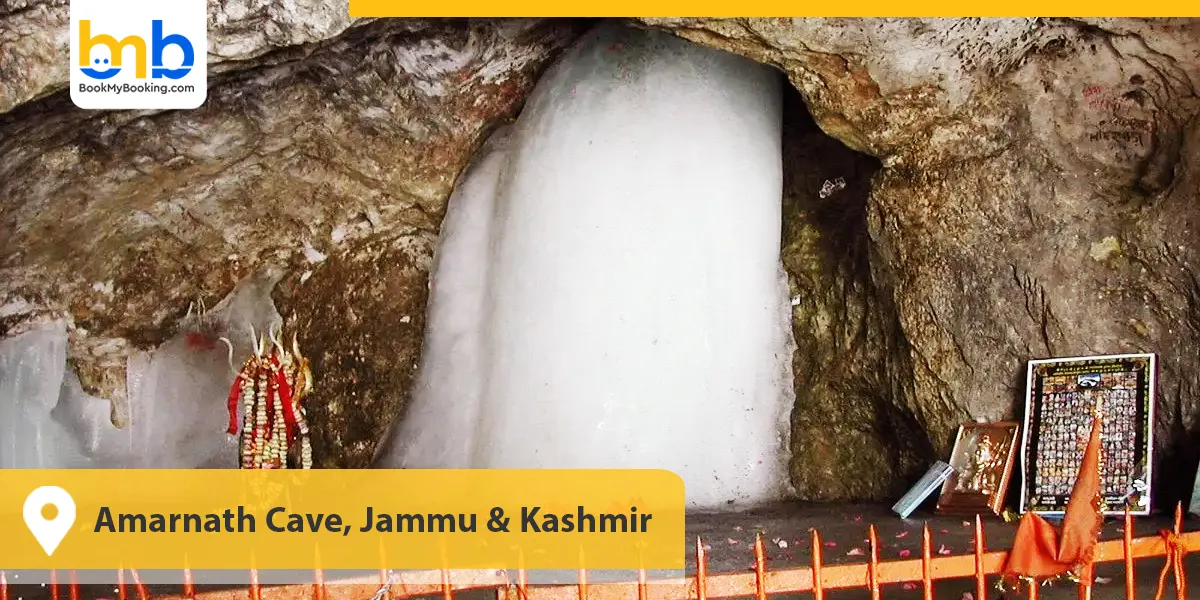
Amarnath is no ordinary cave. At 3,888 meters, it's a sacred site and a thrilling challenge for trekkers and pilgrims. It is one of the most beautiful caves in the world and can be reached via two main routes. The trail winds through glaciers and narrow mountain paths, eventually arriving at the cave where a naturally forming ice lingam is worshipped. The trek is physically demanding, primarily due to its high altitude and cold conditions, so thorough preparation is essential. You'll cross frozen streams, vast valleys, and witness the raw beauty of the Himalayas. Most visitors come during the annual July–August yatra, accompanied by security and medical support teams. Langar tents along the way offer warm food and shelter.
This journey is more than just a religious experience; it's a bold step into the realm of cave exploration, where endurance and reverence meet. The sacred ambience, set against the backdrop of towering peaks, makes Amarnath one of India's most soul-stirring underground marvels.
3. Edakkal Caves, Kerala
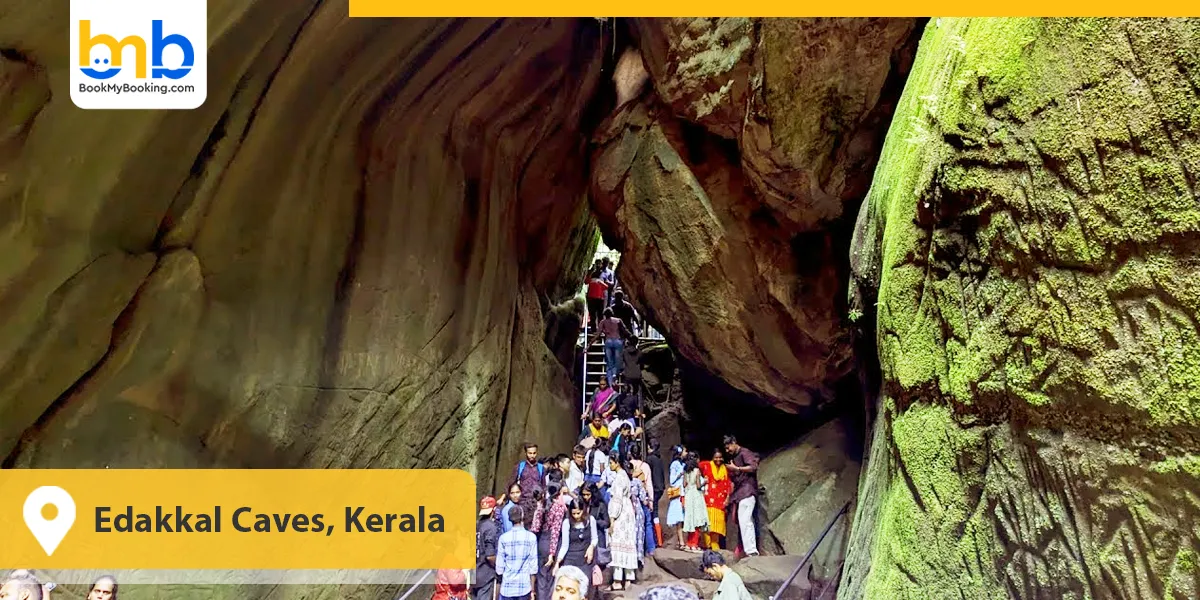
Carved high into the Ambukuthi Hills of Wayanad, Edakkal Caves are not actual caves but fissures formed by a split in a massive rock. It is one of the world's top cave adventures. What makes them extraordinary are the petroglyphs inside—some over 6,000 years old. These carvings depict tribal figures, animals, weapons, and symbols, which help you understand prehistoric life. You must trek about 2 kilometres through forested trails to reach the site. The path is steep but manageable, making it ideal for adventurous families and casual hikers. At the summit, panoramic views of Wayanad's lush valleys reward the effort. Guides help decode the carvings, adding depth to the visit.
The airy, light-filled nature of Edakkal makes it perfect for Beginner cave exploration. From October to February, the weather is most pleasant for hiking. This is less about darkness and more about discovery—where natural rock meets ancient storytelling.
4. Siju Cave, Meghalaya
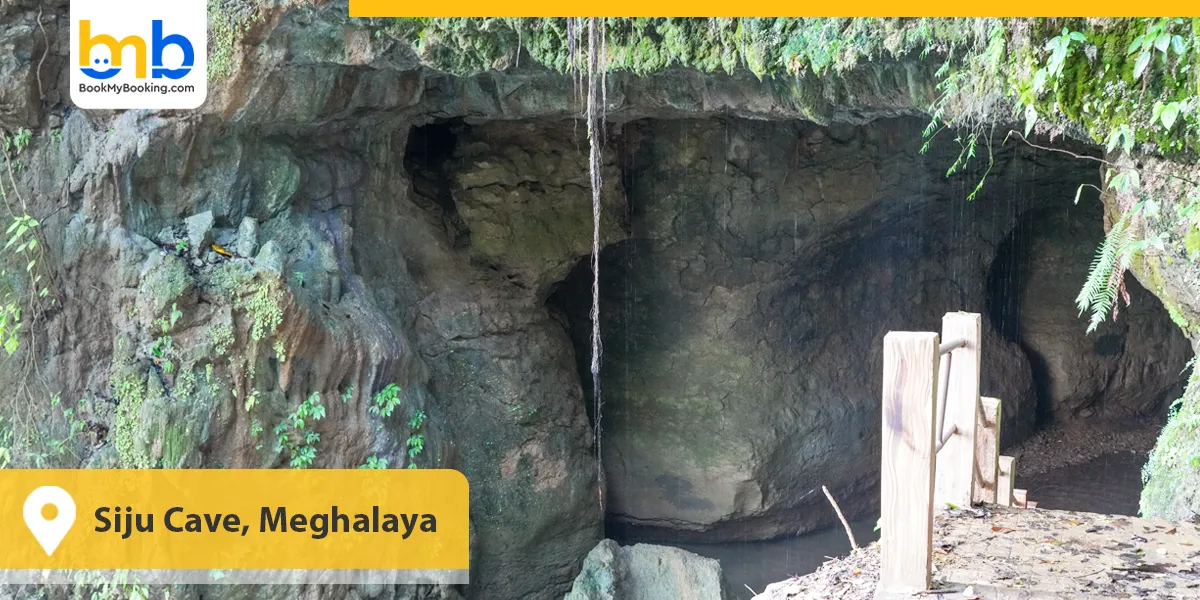
Suji caves, also known as the "Bat Cave," are located in Meghalaya. It is a stunning limestone cave formation, featuring narrow corridors, cathedral-like chambers, and underground streams. It is located near the Simsang River and is one of India's longest cave systems. Inside, you'll find eerie rock sculptures, massive stalagmites, and fluttering bats hanging from the roof. Entry into the cave requires the assistance of trained guides who provide helmets, headlamps, and boots. The air inside is cool and damp, making it a great escape from the summer heat.
Due to its complexity and scale, cave exploration tours here are better suited for those who crave a true adventure. The dry season (October to May) is best, as the cave can flood during the monsoons. Beyond its thrill, Siju also introduces visitors to unique underground ecosystems. It's a sensory experience—dark, echoing, and unforgettable—that promises one of India's finest underground journeys.
5. Ajanta & Ellora Caves – Maharashtra
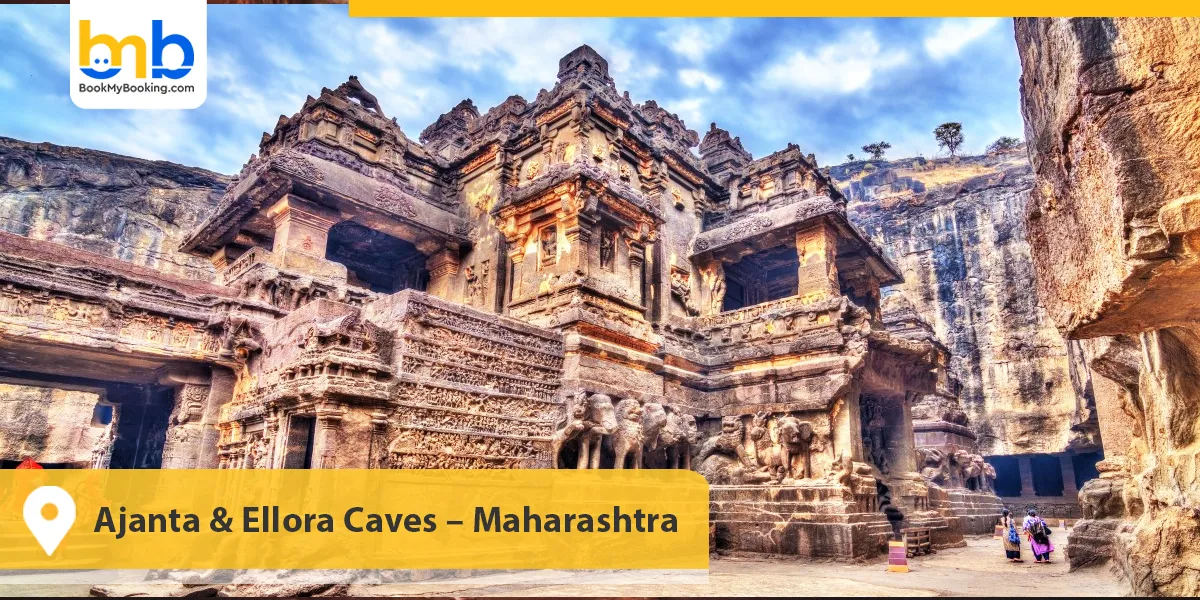
Carved into the cliffs of the Sahyadri Hills, the Ajanta and Ellora Caves are a testament to ancient craftsmanship and spiritual devotion. These UNESCO World Heritage Sites offer a perfect blend of art, history, and underground discovery, making them one of India’s most iconic Cave Adventures.
Ajanta, older of the two, dates back to the 2nd century BCE and is known for its mesmerizing murals and rock-cut Buddhist monasteries. Ellora, meanwhile, showcases a blend of Hindu, Buddhist, and Jain monuments, including the awe-inspiring Kailasa Temple, carved from a single rock. These caves are renowned for their sculptures and architecture; they reveal natural wonders within, such as naturally formed crevices that allow light to filter onto ancient frescoes and shrines, giving them an almost divine glow. Together, Ajanta and Ellora offer a rare experience: ancient spirituality fused with geological grandeur.
6. Surang Tila, Madhya Pradesh
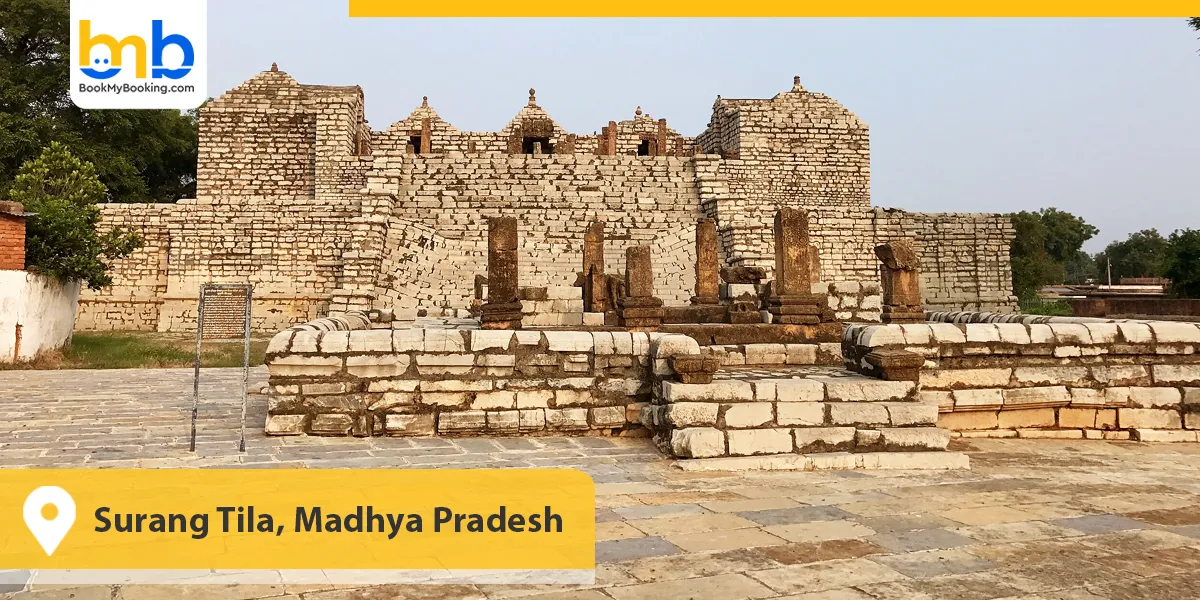
In your cave exploration travel guide, you can not miss the lesser-known site near Panna, Surang Tila is an underground shrine-like cave that offers a tranquil alternative to more intense spelunking. The short passage opens into a chamber where water gently laps against the stone walls, forming a natural pool illuminated by filtered sunlight. Its ambience is meditative rather than mysterious, so you can quietly reflect on your exploration facts. The cave is shallow and requires no special gear, although sturdy shoes are helpful for navigating slippery surfaces. The place is excellent for families, solo travellers, and heritage lovers. Local guides often pair a visit to Surang Tila with nearby temples and waterfalls. Best visited in the evening, when golden light dances on the water, it is a serene addition to your itinerary.
This gentle introduction to underground India is suitable for those looking to explore beginner caves without needing ropes or darkness. It's proof that not all caves must challenge your nerves—some calm your soul.
7. Elephanta Caves, Maharashtra
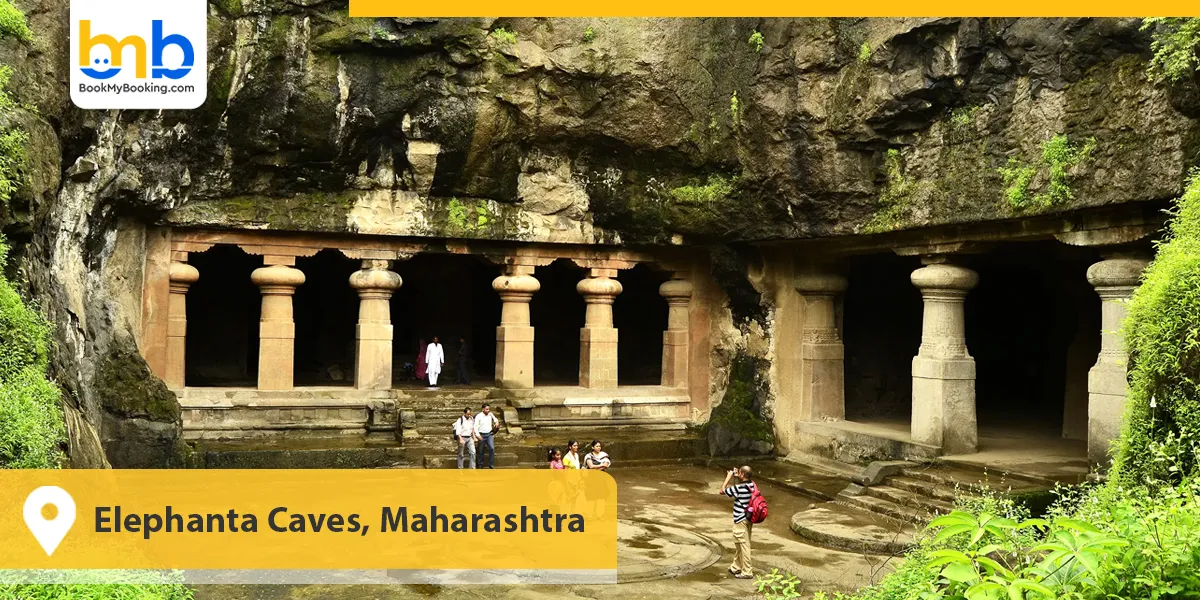
Just a short ferry ride from Mumbai lies Elephanta Caves, a UNESCO World Heritage Site carved into basalt rock on Elephanta Island. These 7th-century marvels blend art, spirituality, and architecture, primarily featuring Hindu deities—most famously a 20-foot, three-faced sculpture of Lord Shiva. The island's ambience offers a mix of myth and mystery as visitors walk through cool, columned halls filled with intricate stone carvings. While the caves are not particularly deep, their grandeur lies in the delicate detailing and symmetry of each sculpture.
As the cave is accessible by boat, it is family-friendly and doesn't require heavy hiking gear. Audio guides and local storytellers help bring ancient legends to life. It's best visited between November and March to avoid humidity. The best caves to explore lists often include Elephanta for its accessible location and historical richness.
8. Kotumsar Cave, Chhattisgarh
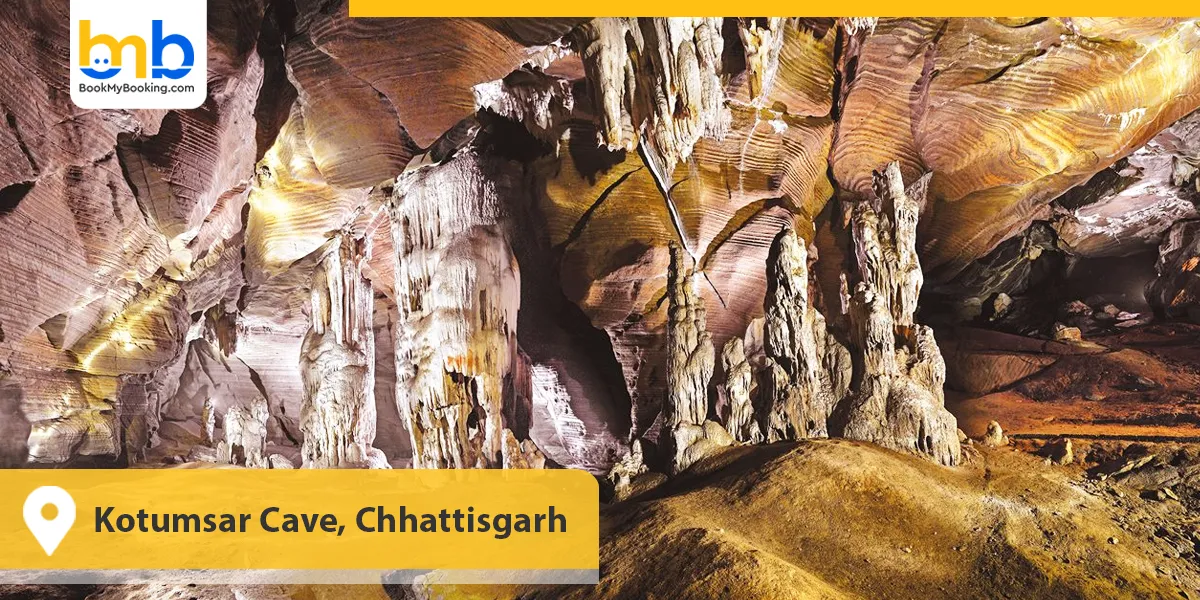
Located within Kanger Valley National Park, Kotumsar Cave is one of India's longest underground limestone caves and a hidden gem for those seeking raw, unspoiled nature. It will be one of the best caves in your cave exploration travel guide. About 35 meters below ground level, the cave extends over 2 kilometres. It features narrow passageways, stalagmite formations, and even an underground spring. Some sections require crawling, making you venture off the beaten track. The local guides provide safety gear and insights into the cave's ecosystem, like blind fish and unique insects. The interior is dimly lit with a surreal atmosphere perfect for curious explorers.
You should visit the cave in dry months (November–April) for an authentic taste of adventure cave tours. For photographers and biologists, Kotumsar is a goldmine of natural wonders waiting to be documented. Less touristy than others, it offers peace, challenge, and discovery in equal measure, making it perfect for thrill-seekers ready to explore the underground world.
9. Undavalli Caves, Andhra Pradesh
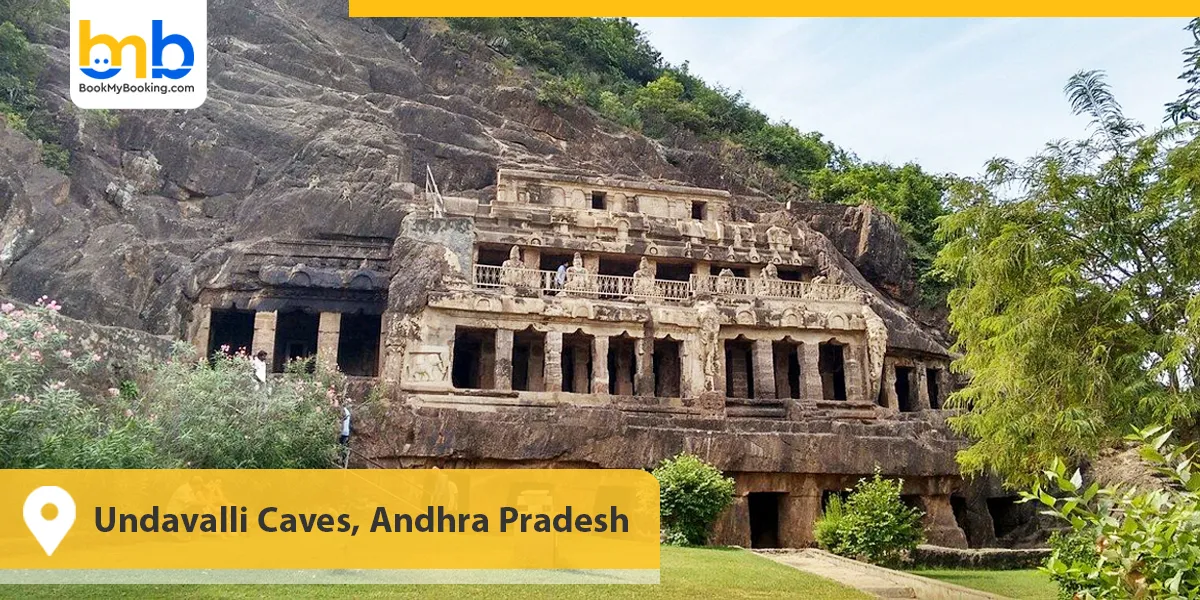
Overlooking the Krishna River near Vijayawada, Undavalli Caves are stunning rock-cut structures carved from sandstone. The cave represents a blend of Buddhist and Hindu architectural influences. The most iconic feature is the massive monolithic statue of Lord Vishnu reclining in yoga nidra, carved directly into the rock wall. Spread over multiple levels, these caves combine artistic expression with architectural brilliance.
Although not deep or rugged, the multilevel layout encourages both cave adventures and quiet contemplation. The upper floors offer panoramic views of the surrounding river basin. Accessible by car, with plenty of nearby amenities, it's ideal for families and spiritual travellers.
Undavalli provides a peaceful contrast to darker, more rugged caves, making it a fantastic option for cave tourism destinations where accessibility meets cultural depth. Visiting between October and March ensures pleasant weather. Don't forget your camera—the balance of natural light and carved stone makes this a dream for photo enthusiasts and history lovers.
10. Krem Mawmluh Cave, Meghalaya
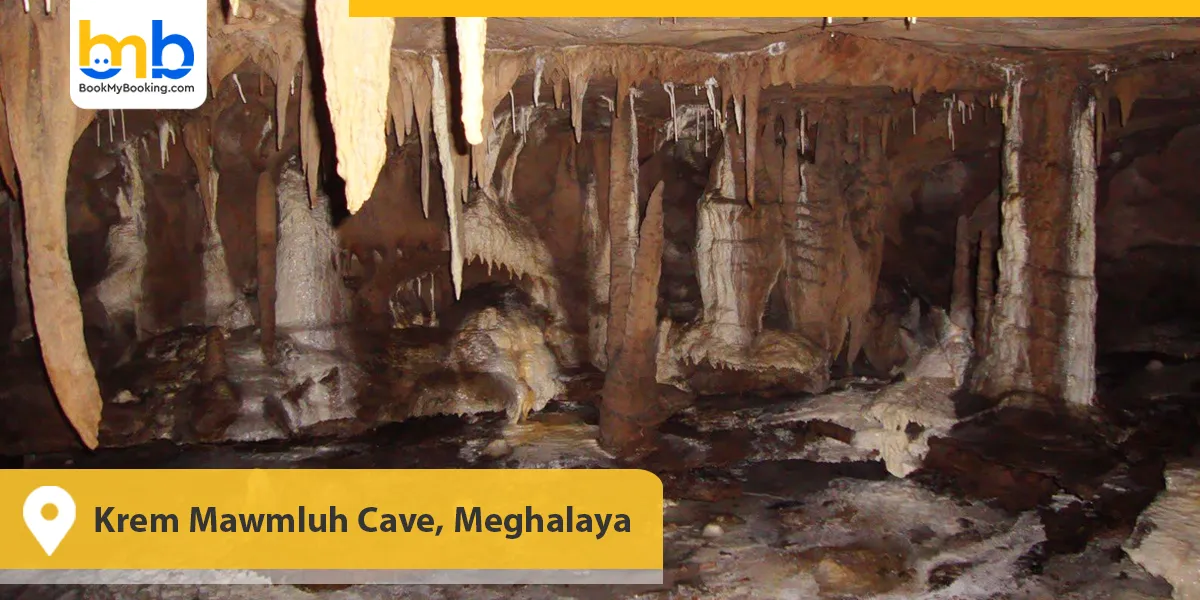
The next in your adventure cave tours are the caves hidden near Cherrapunji. Krem Mawmluh Cave ranks among India's most thrilling and complex cave systems. Stretching over 7 kilometres, it's best known for its underground rivers, tight squeezes, and extraordinary geological features. Mawmluh is one of the few caves to be studied for climate change records, fossil evidence and mineral deposits here mark a global geologic age.
This cave is suited only for those ready for true adventure. Helmets, torches, waterproof boots, and expert guidance are essential. Inside, expect water-filled passages, echoing chambers, and sudden drops.
If you're drawn to Underground Adventure Travel, this is your playground. Visit between November and April for safest conditions. Mawmluh is raw, thrilling, and humbling, showcasing Earth's powerful interior workings. While challenging, it rewards explorers with sights few others witness: nature's untouched and intense artistry. This is spelunking in its purest form.
11. Badami Caves, Karnataka
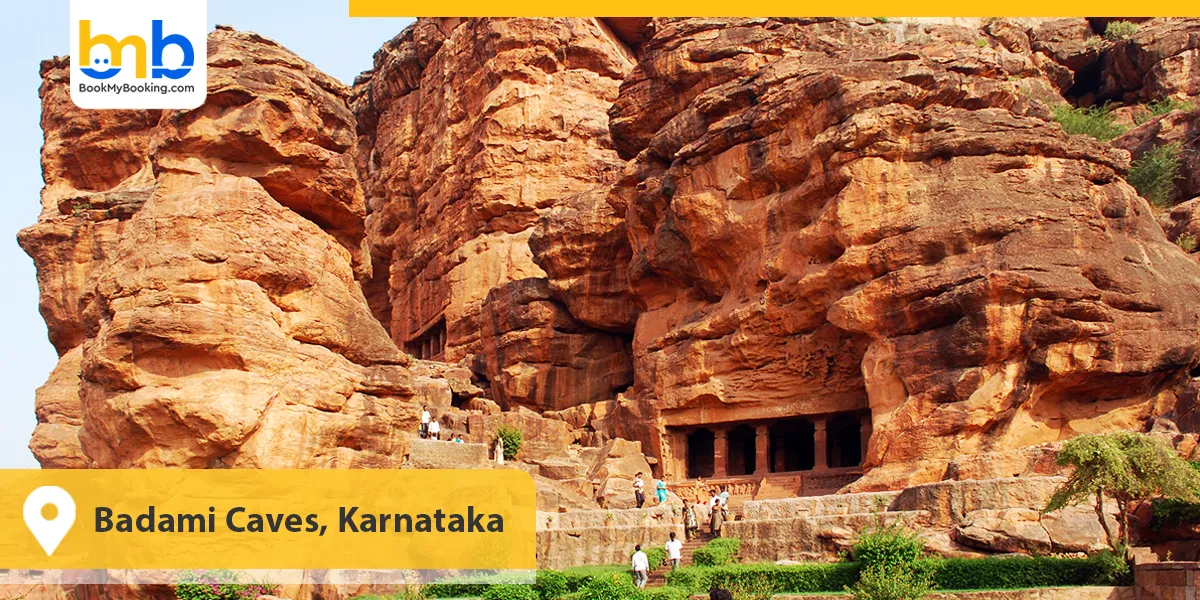
In northern Karnataka, Badami Caves are a series of four rock-cut temples carved into red sandstone cliffs overlooking Agastya Lake. These 6th–7th century creations reflect early Chalukya architecture, each dedicated to Hindu and Jain deities. The intricate carvings, especially those of Nataraja and Vishnu in Varaha avatar, are highlights of Indian stonework.
It is also a family friendly cave adventure. While not deep in structure, the caves offer a meditative journey into mythology, making them a unique spot for spiritual explorers and art lovers. Broad steps lead to each cave, and visitors can enjoy the lake view and cool breeze from the cliff's edge.
Badami is an excellent inclusion for those beginning their journey into Cave exploration tours. The complex is well-maintained and best visited in winter months. Combine your visit with nearby Aihole and Pattadakal for a heritage circuit. Rich in detail and draped in legends, Badami offers serenity rather than thrill and is no less memorable.
12. Tabo Caves, Himachal Pradesh
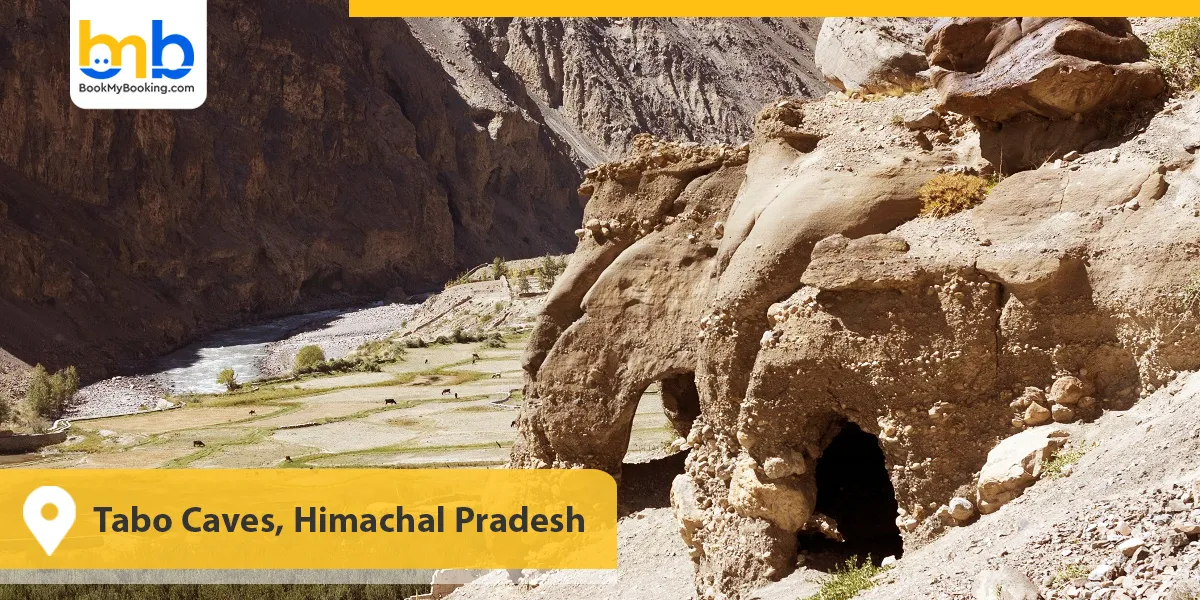
Perched high in the Spiti Valley, Tabo Caves offer a spiritual and minimalist underground retreat. It is one of the top cave adventures in the world. Used historically by Buddhist monks for meditation, these ancient artificial hollows are carved into the rugged cliffside above the famous Tabo Monastery. Simple in structure but rich in tranquillity, they reflect the monastic lifestyle rooted in silence and detachment from the material world. Each cave is small, dark, and austere, offering panoramic views of the Spiti River when you step outside.
Ideal for slow travellers and spiritual seekers, Tabo is best visited in the summer months (May to September). A short hike up the hill leads to the caves, with prayer flags fluttering along the path. Although there's no dramatic stalactite display, the energy here is humbling.
For those exploring Best caving destinations with a spiritual touch, Tabo offers peace, perspective, and an unforgettable glimpse into Himalayan asceticism—an entirely different dimension of underground India.
13. Jogimara Caves, Chhattisgarh
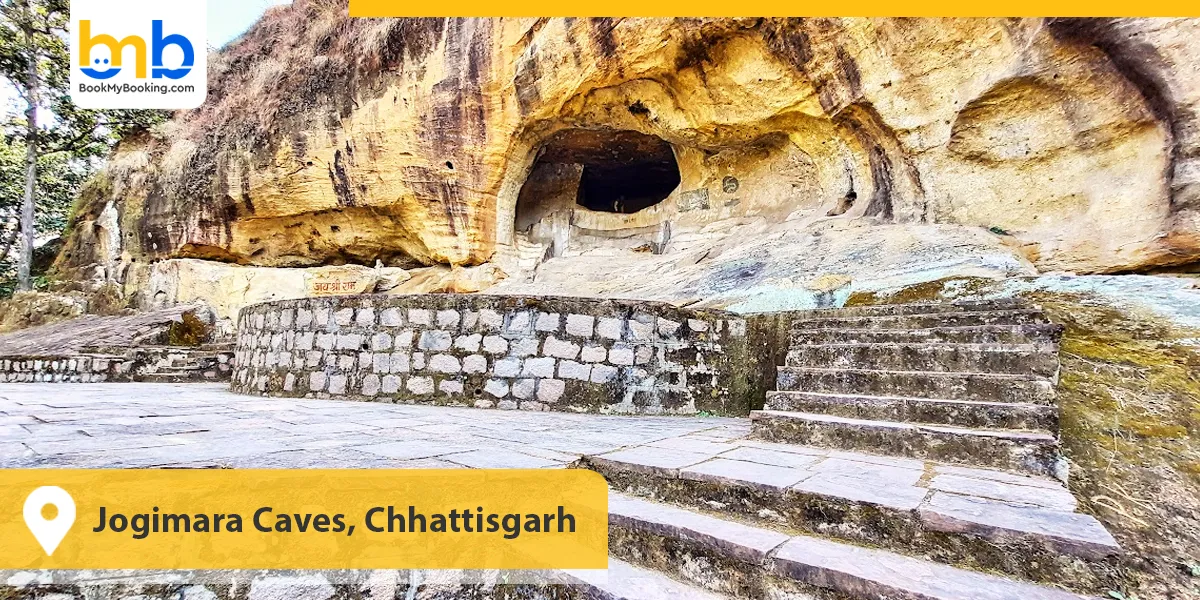
Jogimara Caves near the Ramgarh hills in Chhattisgarh are one of India's earliest examples of narrative art. Inside the cave walls are ancient murals and inscriptions believed to date back to the 2nd century BCE. These colourful drawings—depicting dancing figures, animals, and daily life—are some of the earliest known forms of storytelling in Indian art. Unlike other dark and deep caves, Jogimara is a creative sanctuary carved into rock. Make sure, when this eco-friendly cave exploration, to not use plastic or leave behind any waste.
A short uphill walk brings visitors to this historical site, which is free from crowds and highly photogenic. While smaller in size, it holds immense archaeological value. The nearby Sita Bengra cave also complements the visit with similar artistry.
For travellers seeking Caving Travel Guide sites that reveal cultural heritage more than geological extremes, Jogimara is a perfect fit. It's a gentle, thought-provoking excursion into the minds and lives of early Indian artists—and a testament to how caves once doubled as canvas.
14. Bhimbetka Rock Shelters, Madhya Pradesh
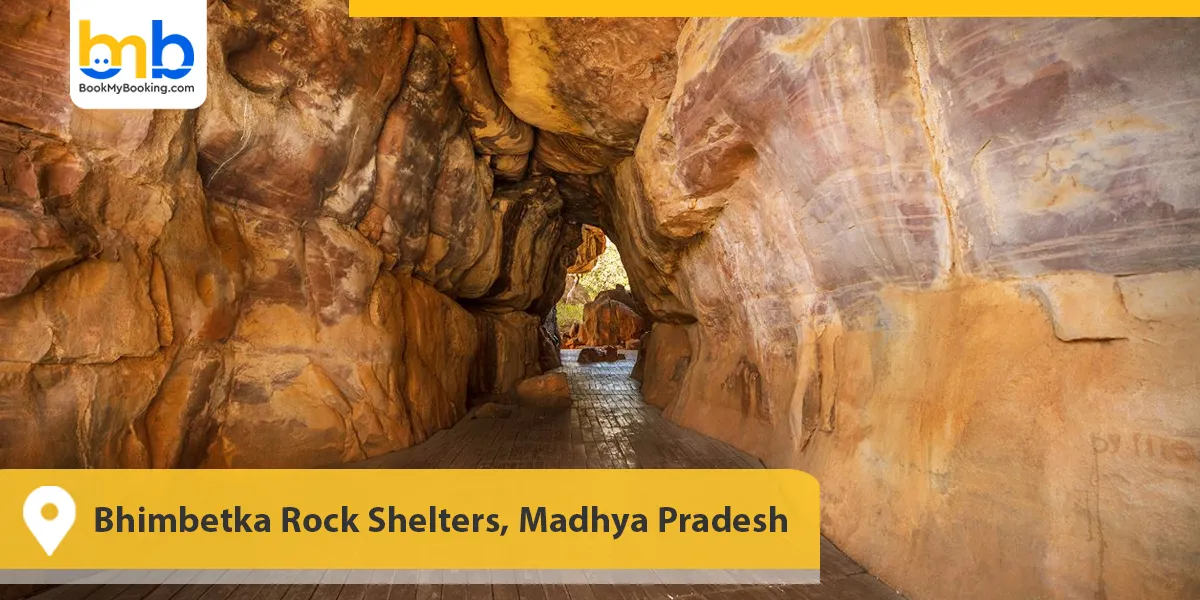
A UNESCO World Heritage Site, Bhimbetka Rock Shelters aren't caves in the typical sense—but shallow hollows used by prehistoric humans over 30,000 years ago. Set in the Vindhya Range, the site has over 700 rock shelters, some filled with vivid cave paintings of hunting scenes, community rituals, animals, and symbols. These visuals chronicle humanity's journey from the Stone Age to the medieval era. The best time to visit the caves depends on the weather. If it’s not too extreme, you can visit any time of the month.
Easily accessible from Bhopal, the shelters are great for all age groups and require only light walking. Guides are available to interpret symbols and explain the archaeological significance.
For those curious about Spelunking adventures with historical context rather than rugged challenge, Bhimbetka offers a profoundly enriching experience. It's a place where nature and narrative converge—where rock isn't just structure but story. Visit from October to March for the best weather, and take your time absorbing the vast artistic legacy etched into these timeless walls.
15. Khandagiri & Udayagiri Caves, Odisha
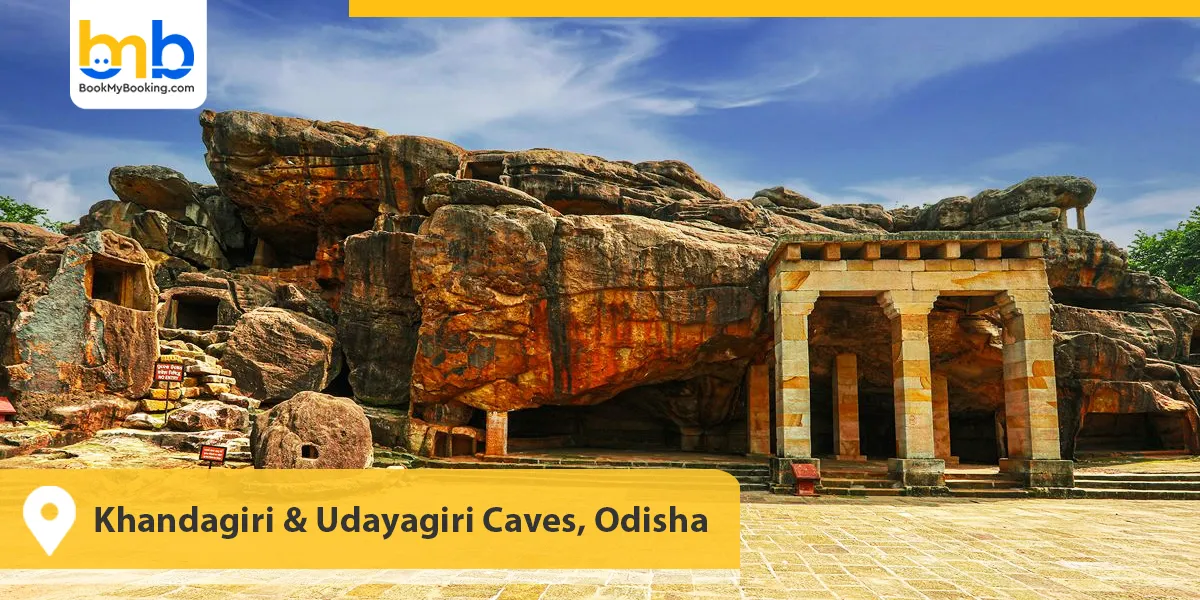
Located near Bhubaneswar, the twin cave complexes of Khandagiri and Udayagiri are masterpieces of Jain rock-cut architecture from the 1st century BCE. It is a caving destination for thrill seekers as the caves, carved into hillsides, served as residential quarters for Jain monks. Each chamber bears inscriptions, sculpted pillars, and relief carvings reflecting spiritual discipline and artistic elegance. The "Hathi Gumpha" (Elephant Cave) inscription is a valuable record of ancient Kalinga history.
Easily accessible and maintained by the Archaeological Survey of India, these caves suit all age groups. Short stair climbs take you from one cave to the next, and the hilltop view over Bhubaneswar city is a bonus.
They're a must for those interested in cave tourism destinations , which have a blend of art, faith, and heritage. Best visited between November and February, the site provides an immersive, educational, and visually appealing cave exploration experience that's both beginner-friendly and culturally rich.
16. Trikut Caves, Jharkhand
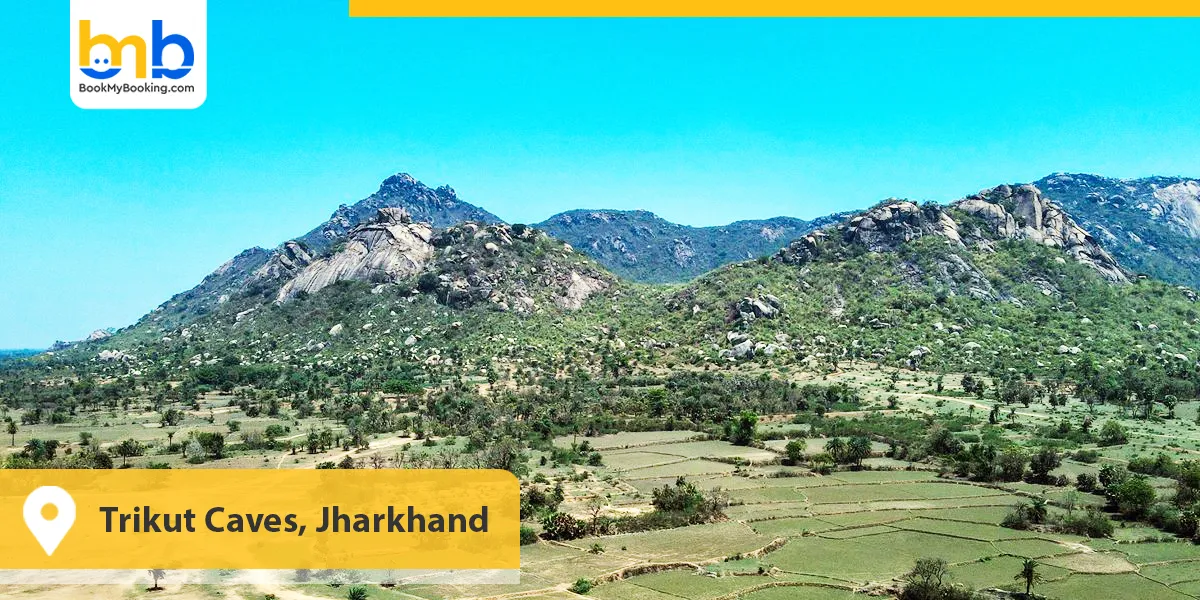
Set on Trikut Hill near Deoghar, Trikut Caves offer nature and spirituality enthusiasts a sacred yet adventurous terrain. These caves, associated with Hindu mythology, are hidden along the hill's rocky paths and are accessible via a ropeway or a short trek. Inside, they are cool and dark, used traditionally by sages for meditation. You can also find natural wonders inside the caves that are centuries old. Trikut retains a raw, untouched quality unlike commercial cave sites, perfect for those seeking quietude and nature.
The surrounding area is lush during monsoon and autumn, making it scenic year-round. Nearby, the Trikut Falls and temple complex enhance the pilgrimage vibe. The caves have minimal facilities, so carry water and wear non-slip shoes. For those building a Caving Travel Guide with both natural and spiritual appeal, Trikut fits beautifully. It blends moderate physical challenge with deep cultural significance, an excellent offbeat choice for cave lovers looking beyond the usual tourist circuits.
17. Undavalli Caves – Andhra Pradesh

A stunning example of rock-cut architecture, Undavalli Caves near Vijayawada present a fascinating twist to Volcanic cave expeditions. While not volcanic in origin like lava tubes, these caves are carved into solid volcanic sandstone, offering an ideal entry point for those drawn to hardened, sculpted rock terrains.
The main cave houses a massive monolithic statue of Lord Vishnu reclining on a serpent, surrounded by pillars and halls intricately chiseled out of stone. Originally Buddhist in origin and later adapted by Hindus, Undavalli blends spiritual depth with volcanic stone artistry.
Terraced views over the Krishna River enhance the exploration, making it ideal for cave hiking and architectural photography. These caves provide both cultural immersion and geological intrigue, making them a must-stop in Andhra’s Adventure Cave Tours trail. The distinct volcanic feel of the stone underfoot gives this cave system its rare and rugged charm.
Conclusion – The Depths You've Yet to Conquer
India's caves are more than just hollows in the Earth, they are cathedrals of time, carved by nature and humanity alike. From the ice sanctuaries of the Himalayas to the echoing chambers of Meghalaya, every stop on this journey offered a new story: one of geology, mythology, devotion, or daring.
This wasn't just about ticking boxes on a Caving Travel Guide, it was about awakening a spirit of exploration. Whether you crave solitude, ancient wisdom, or raw, untamed beauty, these Cave Adventures are proof that some of the greatest wonders lie not above, but below.
So when you plan your next adventure, don't just look outward—look downward. Into the Earth, into the past, and a thrilling, unforgettable experience of underground India. Because the best journeys don't always take you far… sometimes, they take you deep.

